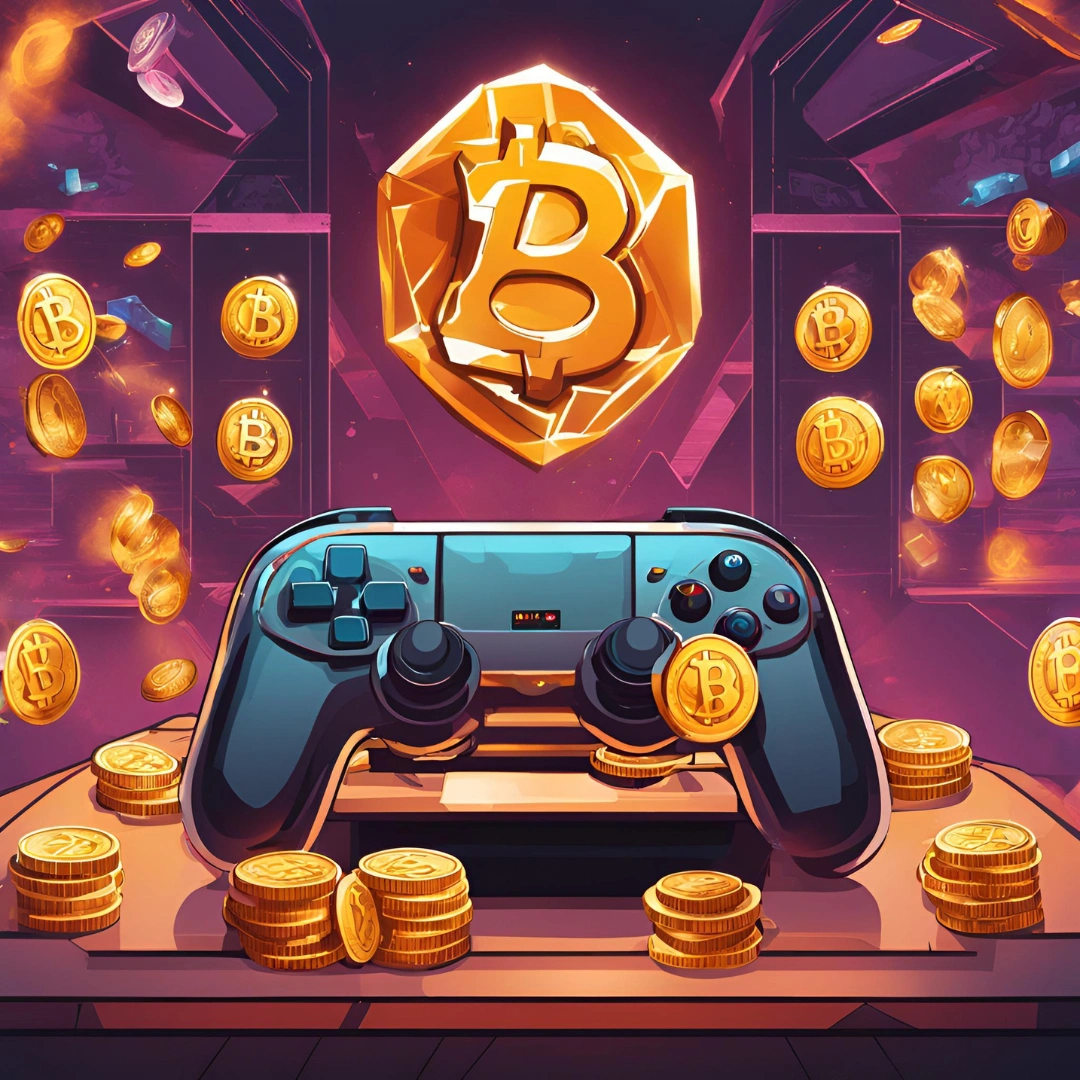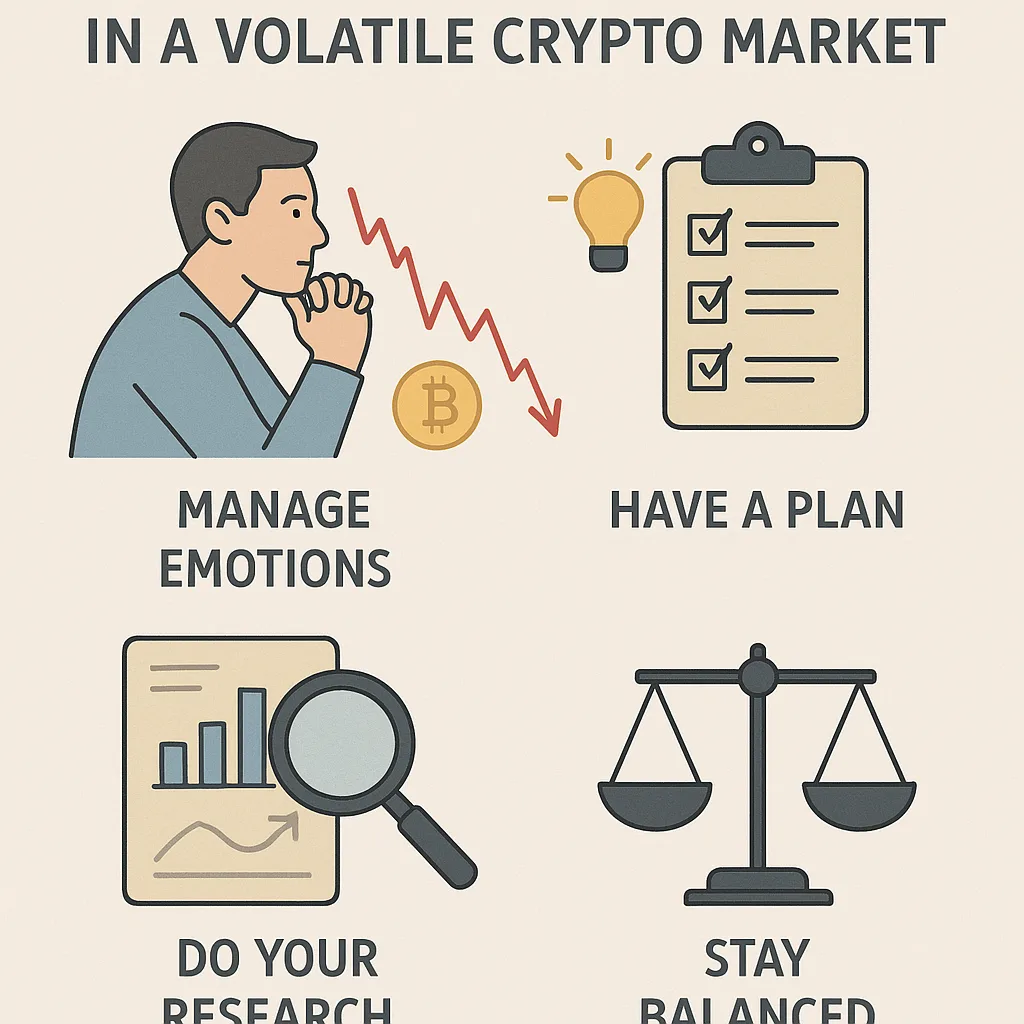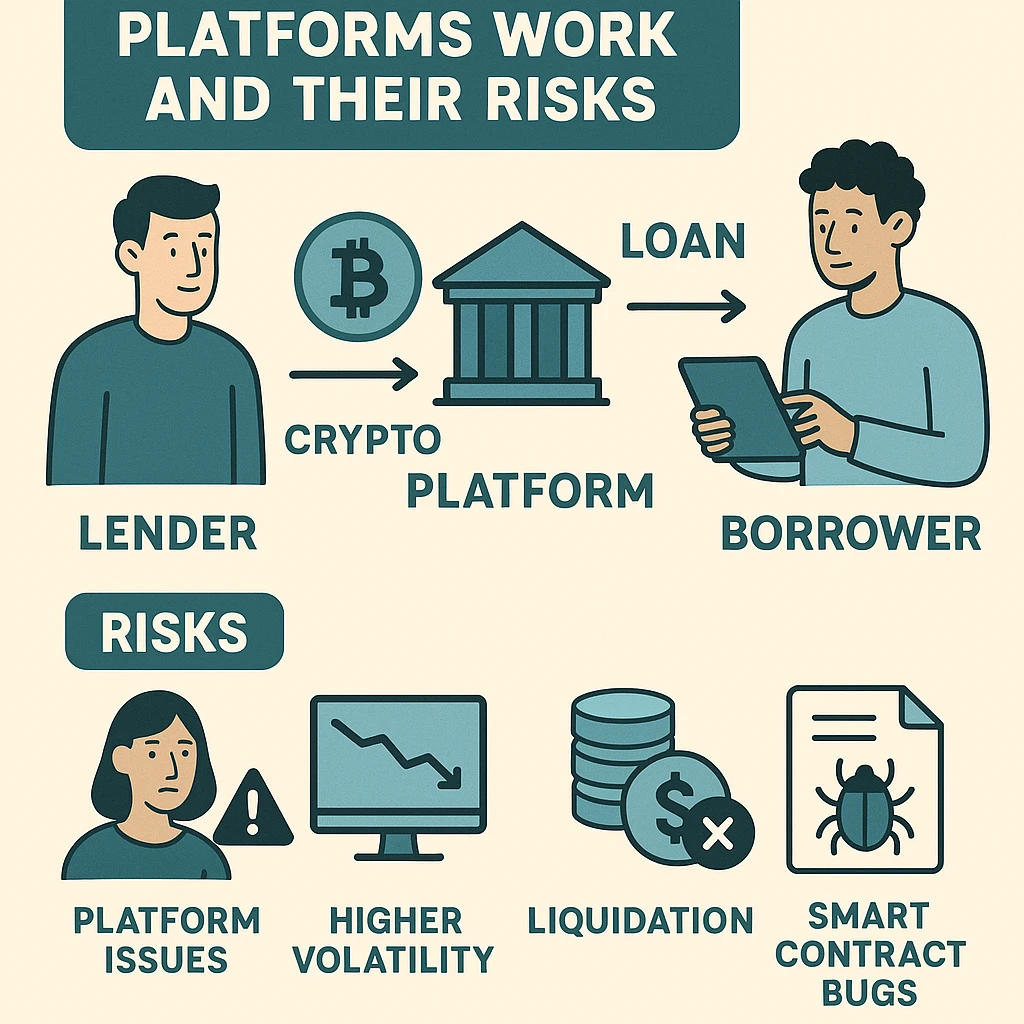From a pastime, video gaming has grown into a multibillion-dollar industry. However, Play-to-Earn (P2E) games have become a huge trend in the gaming industry in recent years. P2E video games enable users to gain real-world value in the form of cryptocurrencies and NFTs (Non-Fungible Tokens), in contrast to typical video games where players must pay for in-game things.
Many people are questioning if it's possible to make money playing games with cryptocurrency after hearing about gamers who have made thousands of dollars from blockchain-based games. The biggest games in the market, their benefits and drawbacks, how Play-to-Earn games operate, and if they're a good way to make money will all be covered in this article.
What Are Play-to-Earn (P2E) Games?
Blockchain-based video games that give players bitcoin, NFTs, or other digital assets that can be exchanged, sold, or utilized in-game are known as play-to-earn (P2E) games. P2E gaming enables players to make money off of their time and abilities, in contrast to traditional games where in-game purchases have no real-world value.
Decentralized ownership is made possible by these games' use of blockchain technology, guaranteeing that users actually own their digital goods, including characters, skins, weapons, and land.
How Do P2E Games Work?
P2E games typically follow this model:
-
Players earn in-game assets – Players receive tokens or NFTs for completing tasks, fights, or challenges.
-
Tokens and NFTs have real-world value – These incentives can be exchanged for actual cash on NFT marketplaces or cryptocurrency exchanges.
-
Game economies operate on blockchain networks – Blockchains like Ethereum, Binance Smart Chain (BSC), and Polygon power the majority of P2E games, guaranteeing their security and openness.
-
Some games require an initial investment – Although some are free-to-play, players might need to buy an NFT or token in order to begin playing.
Why Are Play-to-Earn Games So Popular?
The rise of Play-to-Earn gaming can be attributed to several factors:
1. Financial Incentives
By converting in-game actions into real-world revenue, P2E games provide earning opportunities in contrast to typical games where players spend money with no financial return.
2. Decentralized Ownership
Instead of game developers controlling all of the assets (NFTs, tokens), blockchain technology guarantees that players own them.
3. Rise of the Metaverse and Web3
P2E mechanics are being included into the Metaverse and Web3 gaming environments, which is increasing their uptake.
4. Growing DeFi Integration
Like DeFi (Decentralized Finance) tactics, several P2E games let participants farm, lend, or stake their profits.
5. Accessibility and Global Reach
P2E games are being used as a source of revenue by people in developing nations, particularly in areas with few employment options.
Top Play-to-Earn Games in 2024
Although there are many P2E games available, very few have developed player involvement and viable economies. The following are a few of the best 2024 Play-to-Earn games:
1. Axie Infinity (AXS, SLP) – The OG of P2E
-
Blockchain: Ethereum (Network of Ronin)
-
How to Earn: Breed and sell Battle Axies (NFT monsters) to make money.
-
Earnings Potential: Smooth Love Potion (SLP), earned by players, can be exchanged for cash.
-
Challenges: requires a one-time investment, and profits are subject to change.
2. Decentraland (MANA) – Virtual Land Economy
-
Blockchain: Ethereum
-
How to Earn: Buy and sell virtual land, host events, or create digital experiences.
-
Earnings Potential: Players sell land parcels and NFTs for real money.
-
Challenges: High competition and expensive land prices.
3. The Sandbox (SAND) – NFT-Based Metaverse
-
Blockchain: Ethereum
-
How to Earn: Create, trade, and sell NFT-based assets in a virtual world.
-
Earnings Potential: Virtual real estate and custom assets can be monetized.
-
Challenges: Requires creativity and technical knowledge.
4. Gods Unchained (GODS) – Blockchain Card Game
-
Blockchain: Ethereum
-
How to Earn: Win card battles and sell NFT-based cards.
-
Earnings Potential: Rare cards can be sold for hundreds of dollars.
-
Challenges: Requires strategic gameplay and experience.
5. STEPN (GMT, GST) – Move-to-Earn Crypto Fitness
-
Blockchain: Solana
-
How to Earn: Users earn tokens by walking or running in the real world.
-
Earnings Potential: The more you move, the more you earn.
-
Challenges: Requires an initial purchase of NFT sneakers.
These games showcase the diverse ways players can earn in the P2E ecosystem.
Can You Really Make Money with Play-to-Earn Games?
Yes, but there are risks. That's the short answer. Profits vary depending on a number of conditions, but some players have generated significant profits.
-
Game popularity and token value – Rewards may become less valuable as a game's user base falls.
-
Initial investment – Token purchases or NFTs are necessary in certain games in order to gain.
-
Time commitment – Players who put in more time tend to make more money..
-
Market conditions – Earnings decline if cryptocurrency prices decline.
Example: Some gamers made over $1,000 a month at the height of Axie Infinity, but earnings drastically decreased when token prices fell.
Risks and Challenges of Play-to-Earn Gaming
While P2E offers earning opportunities, it’s essential to understand the risks:
1. Market Volatility
The price of NFT and cryptocurrency fluctuates a lot. A $10 gaming token might only be worth $1 tomorrow.
2. Initial Investment Risks
Players must purchase NFTs or tokens in advance for many P2E games, which could result in losses if the game lacks appeal.
3. Sustainability Issues
In order to maintain rewards, some games need new players to purchase assets. A slowdown in user growth could lead to the collapse of the in-game economy.
4. Scams and Rug Pulls
Scam projects have vanished overnight in the P2E sector, leaving users with useless assets.
5. Game Fatigue
Player fatigue can result from the repetitive gameplay required by certain P2E models.
How to Choose a Profitable Play-to-Earn Game
To maximize earnings and minimize risks, consider these factors:
✅ Research the game’s economy – Check how rewards are generated and sustained.
✅ Look at player reviews and activity – A declining user base is a red flag.
✅ Analyze tokenomics – If rewards are unlimited, inflation could devalue tokens.
✅ Consider game longevity – Choose games backed by strong development teams.
✅ Start small – Avoid investing large sums upfront.
The Future of Play-to-Earn Gaming
P2E gaming is still evolving, and its long-term success depends on several factors:
🔹 Improved Sustainability Models – In order to prevent inflation, developers are figuring out how to distribute rewards in a balanced manner.
🔹 Big Brands Entering P2E – Blockchain gaming components are being incorporated by companies such as Square Enix and Ubisoft.
🔹 Regulation and Compliance – To stop fraud, governments may impose rules on P2E games.
🔹 Better Gameplay Experiences – In order to draw in mainstream players, future P2E games will put enjoyment above financial incentives.
Conclusion
Play-to-Earn games present thrilling chances to make money from gaming in the real world. Even though there are success stories, P2E gaming must be approached carefully and thoroughly.
For casual gamers, P2E can be a fun way to earn extra income.
For serious investors, understanding tokenomics, sustainability, and risks is key to long-term success.
The P2E market will develop further as blockchain technology develops, fusing digital ownership, gaming, and finance into a new gaming economy. 🚀🎶





Leave a Reply